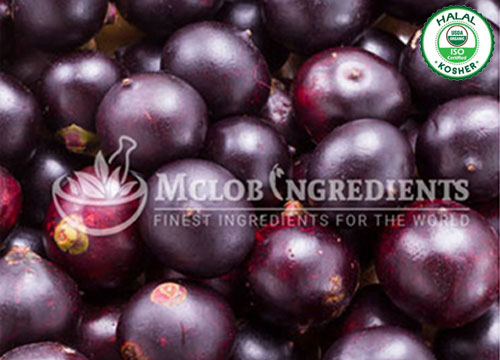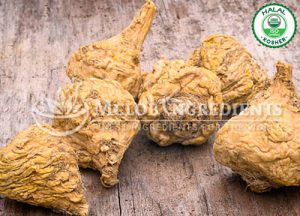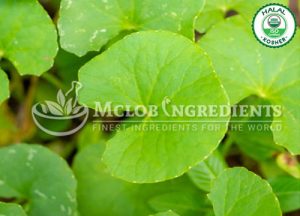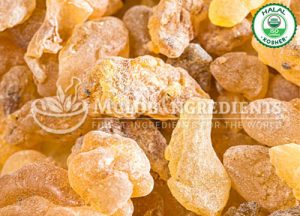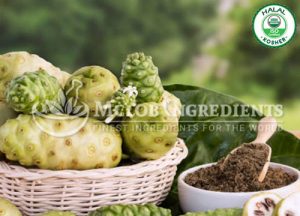It is a species of palm tree cultivated for its fruit berries, hearts of palm, leaves, and trunk wood. In the 21st century, global demand for fruit has expanded rapidly, and the tree is cultivated for that purpose primarily. It is native to eastern Amazonia, mainly in swamps and floodplains. Açaí’s palms are tall, slender trees. These trees grow to more than 25 m tall, with up to 3 m long pinnate leaves.[3] The fruit is small and round, and the color is black-purple.
Benefits:
- Acai berries are widely used as a superfood.
- They are used for the treatment of arthritis, high cholesterol, erectile dysfunction, weight loss, skin appearance, detoxification, and general health.
Side effects:
- Consuming acai berries could irritate the intestinal tract or colon, which may eventually lead to diarrhea.
- Acai berries may be undesirable in growing kids and pregnant women they often suppress appetite.
- Acai berries may also increase allergy-related symptoms.
Precaution:
- Avoid diabetes patients that may increase or decrease blood sugar levels.
- Drinking raw acai juice may cause infections.
- This product may interfere with MRI test results.
- If you are allergic to plants in the palm family take extra care.
Interaction:
Be cautious with the following combination-
- Antidiabetes drugs that interact with Acai might cause blood sugar to drop too low or reduce the effects of the medications that Monitor your blood sugar closely.
Dose:
- Acai berry extract ,Taken 500 mg once/day
- Anthocyanin/ flavonoid therapeutic dosage (applicable to Acai berry) taken 200-1500 mg once/day



